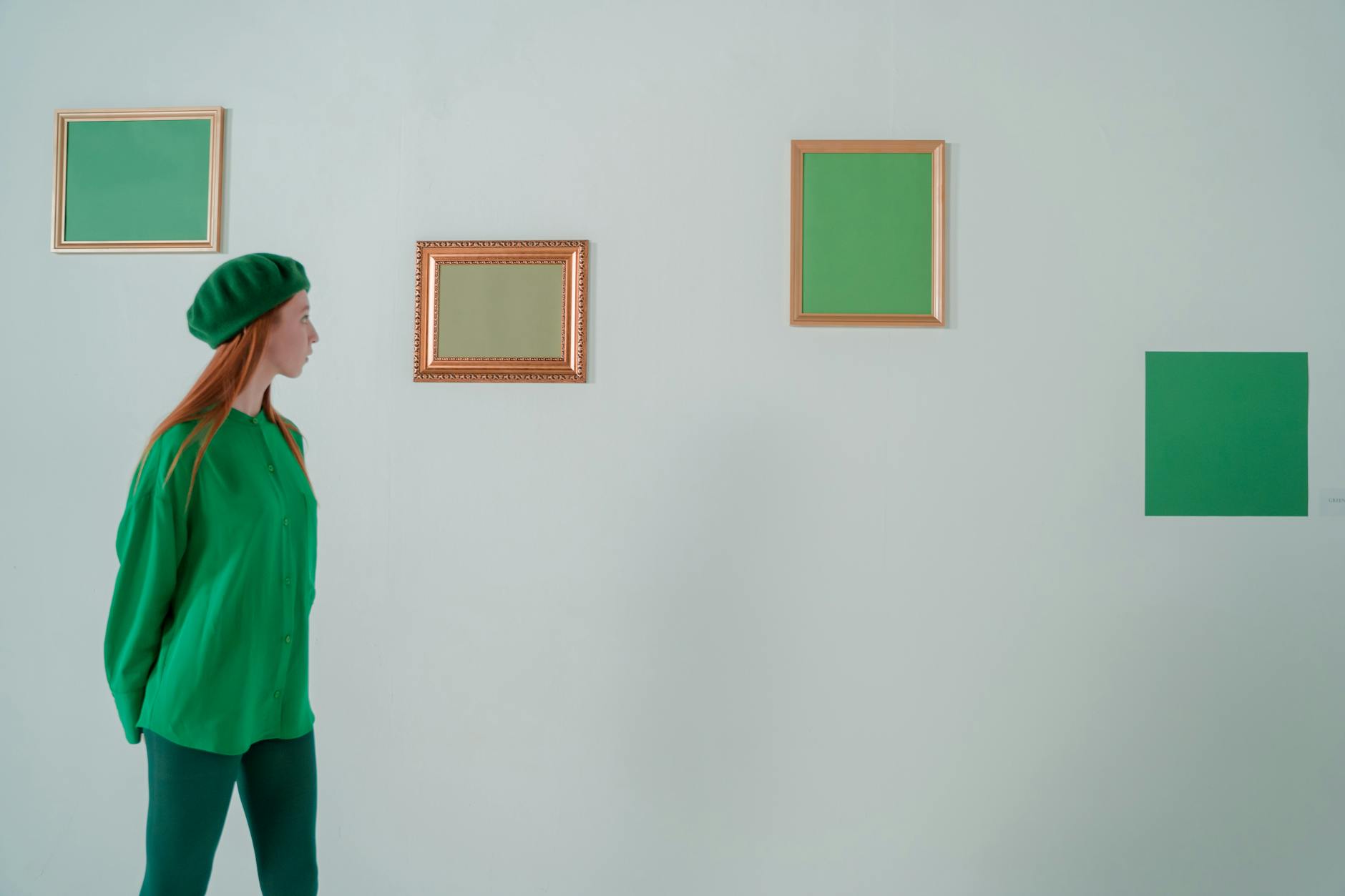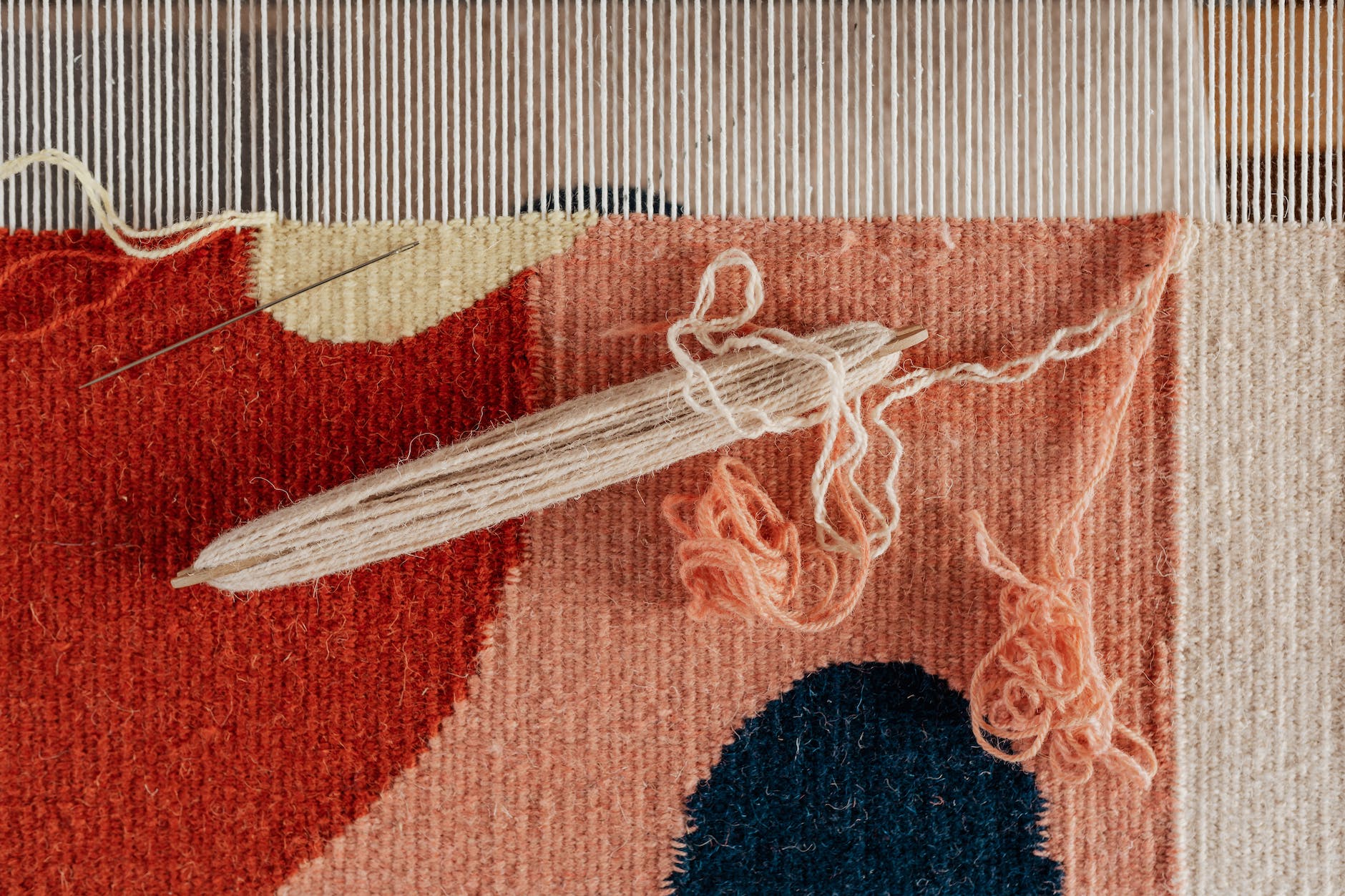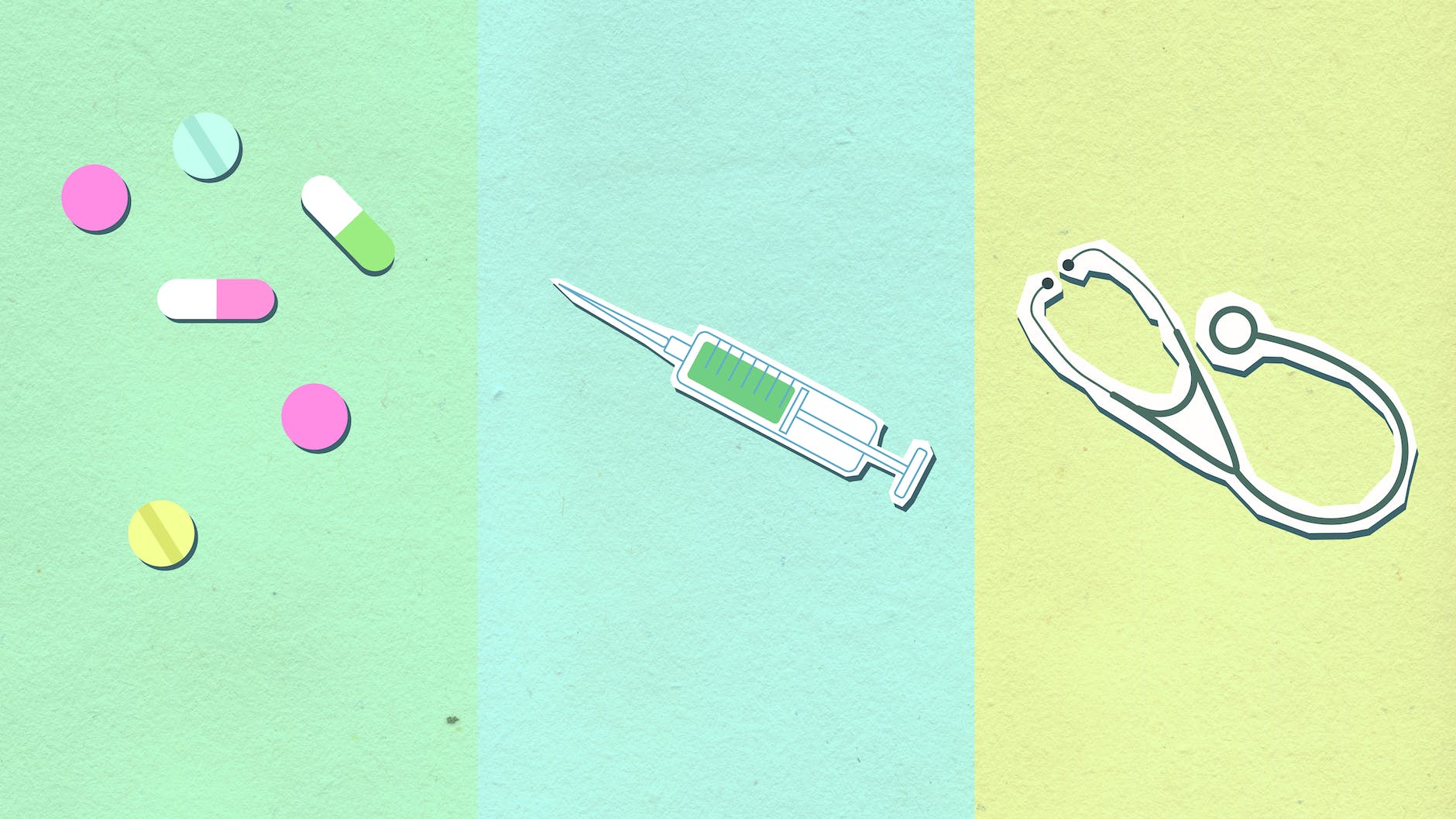In the realm of visual expression, there is a particular genre that beckons our attention with its captivating aesthetics and profound themes: psychedelic art. This deeply varied art form is closely tied to the human psyche, making it an extraordinary tool for understanding the intricacies of consciousness and its relationship with perception, emotions, and spiritual exploration.
Psychedelic art typically draws inspiration from psychedelic experiences, characterized by perceptual distortions, sensory synesthesia, and altered states of consciousness. These experiences often lead to art that challenges conventional thinking about reality, illuminating inner landscapes of the psyche far removed from the ordinary.
Fascinatingly, much of the appeal in psychedelic art lies in its ability to visually encapsulate the ineffable nature of our inner journey. A viewer is not only engaged in the aesthetics of the work but also drawn into a deeper realm of emotions and introspection that is typically left untouched in regular conscious states. This is why psychedelic art is frequently associated with themes of spiritual exploration and self-expression, functioning as a mirror reflecting our highly individuated nuances of thought and feeling.
One of the noteworthy aspects of psychedelic art is its capacity to influence our thought patterns, emotions, and perceptions, tapping into the complexity and plasticity of our neuronal networks. An understanding of psychology provides us with a key to decipher the interconnectivity of psychedelic art and the human psyche. As viewers immerse in this form of art, they engage in a sort of play, letting their imagination shape and be shaped by the images presented before them. In many ways, this process echoes the interchangeability of reality and perception that is a hallmark of psychedelic experiences.
Interestingly, the therapeutic benefits of psychedelic art are beginning to be recognized. Preliminary research has shown that exposure to psychedelic art may relieve stress, anxiety, depression, and post-traumatic stress disorder (PTSD). A form of art therapy, psychedelic art can help individuals express their feelings that words cannot articulate. This grammar of symbols and colours can provide a non-threatening and empowering platform for trauma survivors to process their experiences, fostering healing and resilience.
Moreover, several anecdotal accounts and scientific studies have recorded profound encounters of self-transformation, spiritual enlightenment, and therapeutic breakthroughs associated with the consumption of psychedelic substances. Groundbreaking research in psychotherapy has suggested psychedelics, when used responsibly under the guidance of trained professionals, can offer insights into our subconscious mind, healing past traumas, and helping us cope with existential anxieties.
The creation of psychedelic art can mirror this process, providing artists an outlet for intense, raw, and often chaotic experiences that come with altered states of consciousness. The intention is not to merely create art for art’s sake but to initiate a dialogue between the conscious and the unconscious. This can have long-lasting, positive effects on mental health and personal growth.
It is important to note that while the aesthetic allure of psychedelic art can be visually arresting, the journey of creating and viewing such art is not always comfortable or linear. It encourages us to confront our deep-seated fears, insecurities, and suppressed desires, taking us on a rollercoaster ride of our inner world. But amid the discomfort and upheaval, there is also the profound beauty and pleasure of self-discovery and transformation.
As society becomes more open and accepting, the pathway for incorporating the benefits of psychedelic art into mainstream psychotherapy widens. The potential for healing, self-discovery, and spiritual illumination that this form of art offers can profoundly transform individual lives and collective consciousness.
While the psychedelic art movement might seem like a fringe culture, it’s clear that it has plenty to offer in terms of understanding our perception, consciousness, psyche, and spiritual exploration. By breaking down the walls of our traditional perception of reality, psychedelic art invites us to consider alternative perspectives and embrace radical self-expression, representing an exciting frontier in art therapy and psychotherapy.
In summary, the psychology of psychedelic art manifests itself as an increasingly valuable medium for self-exploration. Constructed through the complex intertwining of mind, body, societal influences, and emotions, it becomes an important tool for self-expression, spiritual exploration, and therapeutic growth. Unquestionably, psychedelic art provides an absorbing journey that has the capacity to illuminate the unexplored recesses of our minds, offering us a deeper understanding of our conscious and unconscious world.








